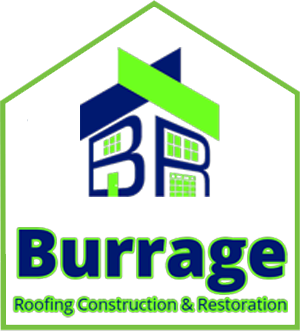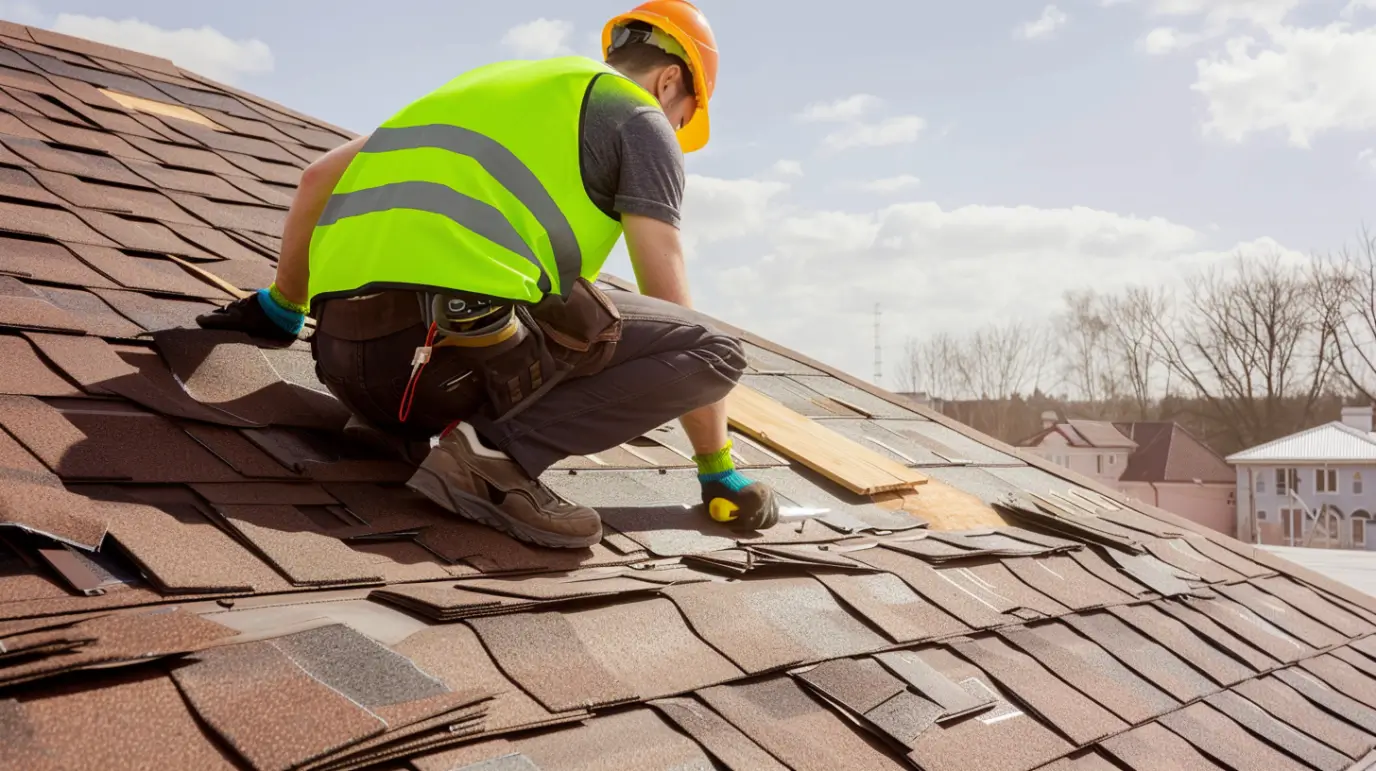Putting a new layer of shingles on top of an existing roof can sound good, especially if you want a quick fix. Still, this choice needs careful thinking about the risks and benefits. At Burrage Roofing, we understand the importance of weighing these factors. Homeowners must look at the roofing materials have and check the local building codes first. Our experienced team can help you consider what adding a second layer of shingles will do for your roofing project in Moline, IL. You should know how it can change the life and strength of your roof. This helps you avoid significant problems later and keeps the integrity of your roof safe. Trust Burrage Roofing for expert guidance on your roofing decisions.
Understanding Roofing Over Existing Layers
Implementing a roof overlay involves placing a new layer of shingles over the existing roof materials. This method is often chosen for its cost-effectiveness and quicker installation, making it an attractive option for many homeowners. However, despite these immediate benefits, careful consideration of underlying conditions is essential. A thorough inspection by a qualified roofing contractor can reveal potential issues hidden beneath the surface, ensuring the integrity of your roof remains intact. Understanding local building codes is vital to comply with regulations regarding additional weight and overall safety.
Contact Us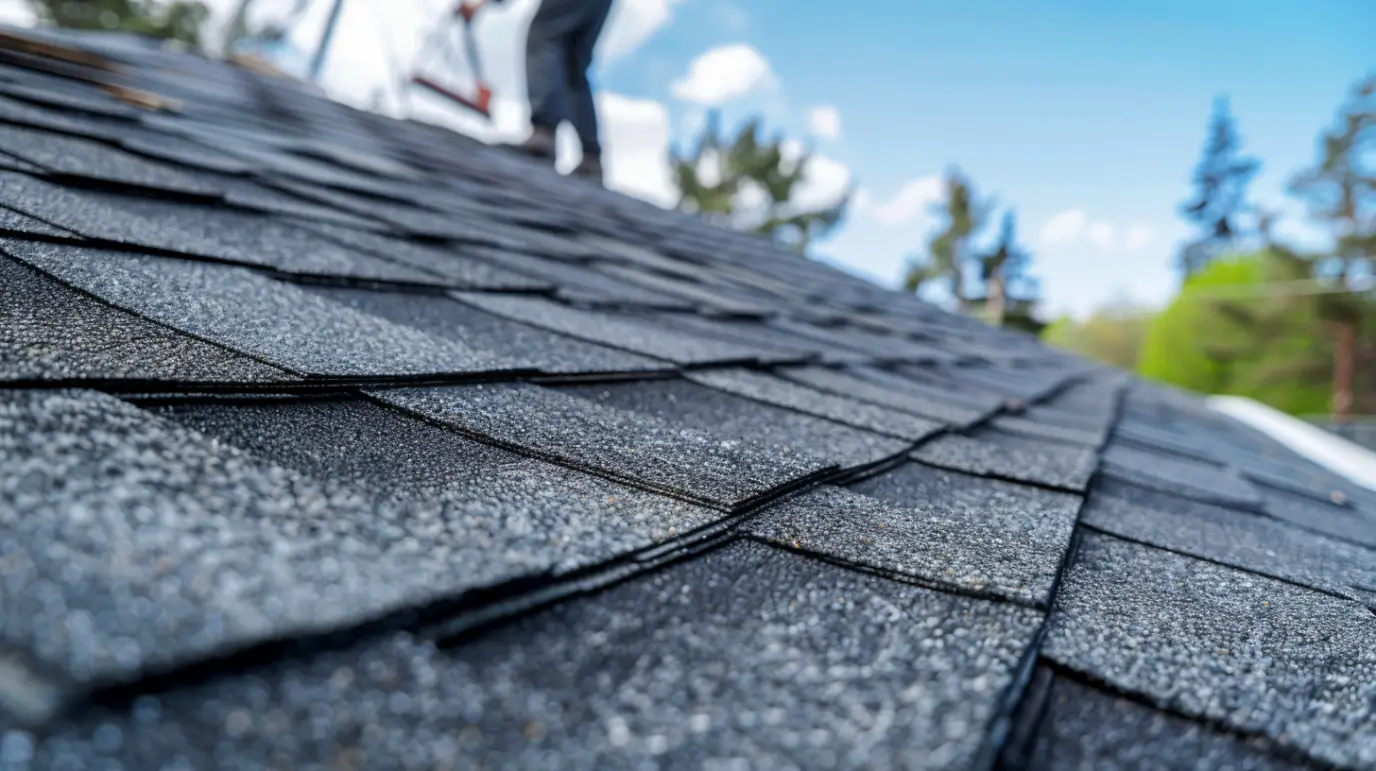
What Is a Roof Overlay?
A roof overlay means you add a new layer of roofing material to an existing roof. This way is fast for homeowners and can save time. But if the roof overlay is not done right, there can be trouble. For example, you might get problems with moisture or issues with the strength of the roof.
Common Reasons Homeowners Choose Layovers
Opting for a roof overlay often stems from immediate financial incentives as homeowners face the allure of short-term cost savings. By adding a second layer of shingles atop the existing roof, homeowners can effectively circumvent the expense and labor associated with a complete roof replacement. Additionally, the prospect of less disruption during the roofing project appeals to those prioritizing convenience. This approach can provide a quick fix, yet it’s crucial to assess the underlying issues that could affect the long-term integrity of your roof.

Immediate Benefits of Roofing Over Existing Shingles
Opting for a roof overlay brings immediate cost savings, allowing homeowners to bypass the expenses associated with complete roof replacement. By installing a new layer of shingles over existing shingles, the labor and material costs can be significantly reduced, making it an attractive option for those on a budget.
Additionally, the quick installation method minimizes disruption, enabling homeowners to maintain their daily routines with less interference. This approach saves time, providing a faster solution while still enhancing the curb appeal of the property.
Short-Term Cost Savings
Opting for a roof overlay often results in immediate financial relief, as homeowners avoid the high upfront costs associated with a full roof replacement. Installing a new layer of shingles over existing shingles can significantly reduce labor expenses and disposal costs. This quick fix allows for a timely roofing project that minimizes disruption to daily life. However, weighing these short-term savings against potential long-term implications is essential for making an informed decision about the integrity and longevity of your roof in the long run.
Faster Installation with Less Disruption
A roof overlay typically allows for a quicker installation process, reducing the amount of time your home is vulnerable to weather elements. By placing a new layer of roofing materials over existing shingles, the requirement for a complete roof replacement diminishes. This approach minimizes disruption to the household, as outdoor work is streamlined and noise levels are reduced. Homeowners often appreciate the efficiency this method offers, especially when managing busy schedules or family activities, ultimately maintaining the integrity of their roof while expediting the project.
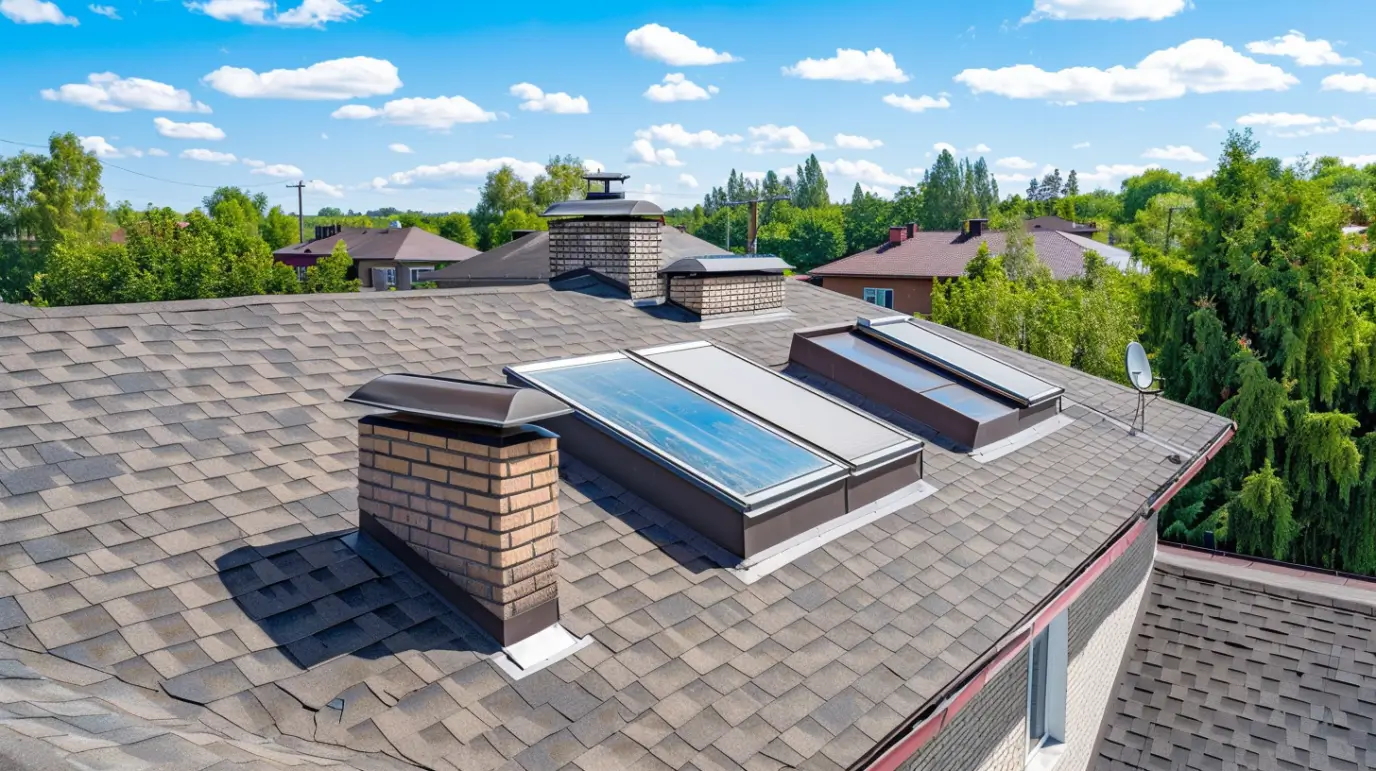
The Hidden Risks of Adding Another Roof Layer
Adding another layer on the existing roof can hide problems below the surface. This can make moisture build up, which may lead to leaks and water damage. If there are more layers of shingles, the extra weight puts stress on the roof deck. Homeowners should check if their current roof is in good shape before adding more layers. If they do not look closely, there could be serious structural damage later. Knowing these risks helps people make an informed decision about roofing projects.
Moisture Trapping and Leak Potential
Moisture can become trapped between layers of shingles in an overlay roofing project, leading to significant problems such as mold growth and leaks. Without proper attic ventilation, condensation may accumulate, causing deterioration of roofing materials and hidden damage. The added weight from a second layer of shingles may also exacerbate existing structural issues, facilitating the onset of leaks. A thorough inspection of the original roof is essential to identify any underlying problems before proceeding with a roof overlay to mitigate these risks effectively.
Structural Concerns and Added Weight
Adding a roof overlay introduces significant structural concerns, particularly regarding the additional weight on the existing roof deck. Two layers of shingles can increase the stress on your house’s framework, which may lead to long-term structural issues, especially in older homes. Moreover, the cumulative weight can exacerbate hidden damage or moisture buildup within the layers. A thorough inspection by a qualified roofing contractor is essential to determine if the roof can support the extra load without compromising the integrity of your roof.
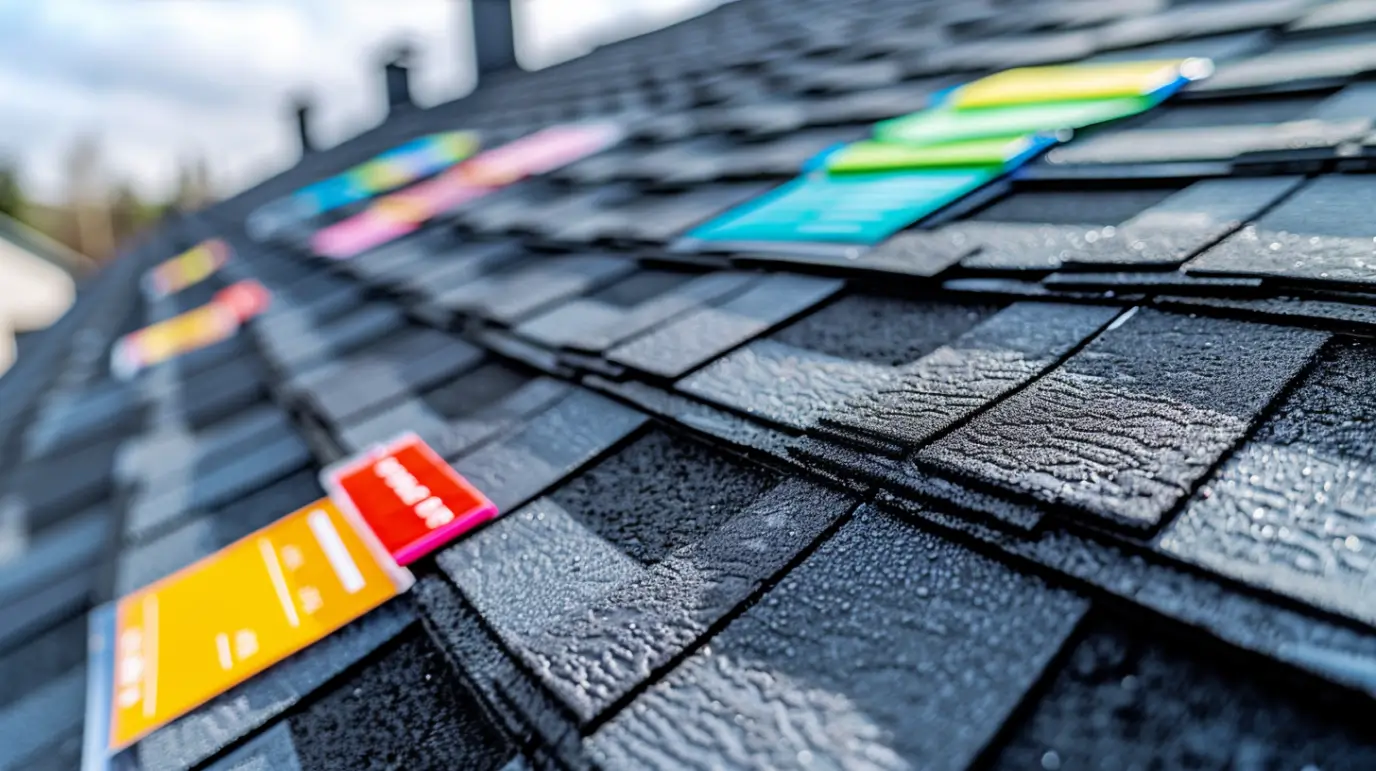
Impact on Roof Performance and Lifespan
Adding a new layer of shingles can significantly impact the roof’s lifespan and overall performance. While it presents a cost-effective solution in the short term, a second layer may compromise the integrity of your roof if hidden damage exists beneath. The additional weight can stress the roof deck, leading to structural issues. Long-term, a simple overlay might result in a lifespan that falls short of a complete roof replacement, potentially influencing resale value and necessitating further repairs down the line.
Reduced Longevity Compared to Full Replacement
The durability of a roof overlay significantly diminishes compared to a complete roof replacement. While new shingles can provide a temporary solution, the underlying issues, such as moisture buildup or structural damage in the existing layers, may not be adequately addressed. The additional weight of new materials can strain the integrity of your roof, leading to potential problems down the line, ultimately compromising the roof’s lifespan. This approach might save costs initially but could result in frequent repairs and an earlier need for a full replacement.
Warranty Implications for Overlayed Roofs
Overlaying existing shingles often raises concerns about warranty coverage, as many manufacturers require adherence to strict guidelines for valid warranties. Applying a new layer without proper inspection or necessary repairs can void the warranty, especially if the underlying issues remain unaddressed. It’s crucial to understand that the additional weight from a second layer can also affect not just the roof’s lifespan but the structural integrity of the entire system. Homeowners should consult their roofing contractor to ensure compliance with specific requirements to maintain coverage and safeguard their investment.

Code, Regulation, and Manufacturer Guidelines
Local building codes significantly impact roofing projects involving overlays. For instance, regulations may dictate the maximum number of shingle layers permitted and highlight necessary inspections to ensure the integrity of your roof. Compliance with these codes is crucial to avoid potential issues down the line, such as structural damage from added weight. Furthermore, manufacturers set specific guidelines for warranty validity, often requiring thorough inspections and adherence to recommended roofing materials to cover underlying issues. Staying informed ensures an informed decision regarding the best choice for your home.
Building Codes You Need To Know in Illinois
Compliance with local building codes is crucial for any roofing project in Illinois. Regulations often dictate the maximum number of shingle layers allowed, typically two, ensuring structural integrity and the roof’s longevity. It’s essential to verify that the roofing contractor adheres to these guidelines, as deviations can lead to significant problems like moisture buildup or structural damage. Reviewing local ordinances can provide insight into necessary repairs and installation procedures, ensuring a seamless roofing overlay that upholds safety standards and maximizes the roof’s lifespan.
Manufacturer Requirements for Warranty Validity
Understanding the requirements set forth by manufacturers can be critical for maintaining warranty validity on overlayed roofs. Many companies stipulate that only specific types of roofing materials are compatible with existing shingles, requiring a complete understanding of the product specifications. Additionally, it’s essential to adhere to local building codes and installation guidelines to ensure the integrity of your roof. Failure to comply may not only void your warranty but could also lead to significant problems down the line, compromising your investment.
Trust the Experts
Homeowners should weigh these immediate benefits against the long-term implications, such as reduced lifespan and warranty restrictions. Engaging a qualified roofing contractor will ensure that you stay informed about local building codes and make the best choice tailored to your specific roof’s needs. Our commitment to quality is underscored by our partnerships with industry leaders such as IKO Craftsman Premier Installer, and we are proud to be a BBB Accredited Business. We source materials from trusted suppliers like ABC Supply, Richards Supply, Final Siding, and James Hardie, ensuring that you receive the best products and services for your roofing project.
Frequently Asked Questions
What risks are unique to Midwest and Moline, IL roofs when adding another layer?
Adding another layer to roofs in Midwest and Moline, IL can lead to unique risks such as increased weight stress, potential for moisture traps, and compromised ventilation. These factors can exacerbate weather-related wear and may lead to costly long-term issues.
Is acceptable to reroof an existing roof that already has two layers of roofing installed?
Reroofing over an existing roof with two layers is generally not advisable, as it can lead to structural issues and may violate building codes. It’s essential to consult local regulations and a roofing professional before proceeding to ensure safety and compliance.
Read our blog: Top Roofing Trends to Watch in 2026
